This time of year, temperatures in the region can drop to-40 degrees Fahrenheit.
The viral story of a Russian passenger plane of Polar Airlines Antonov AN-24 landing on a frozen river has now become an icy reality.
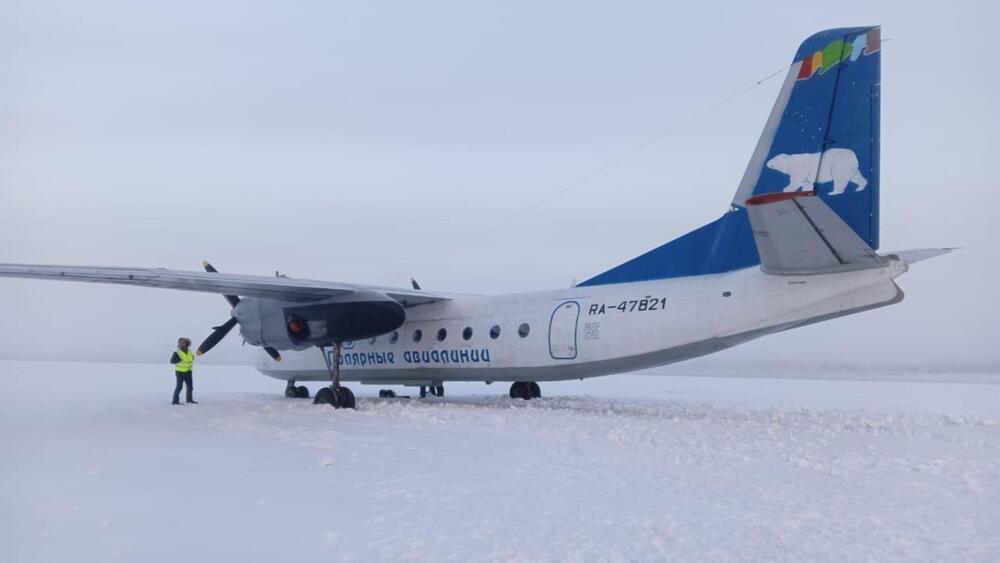
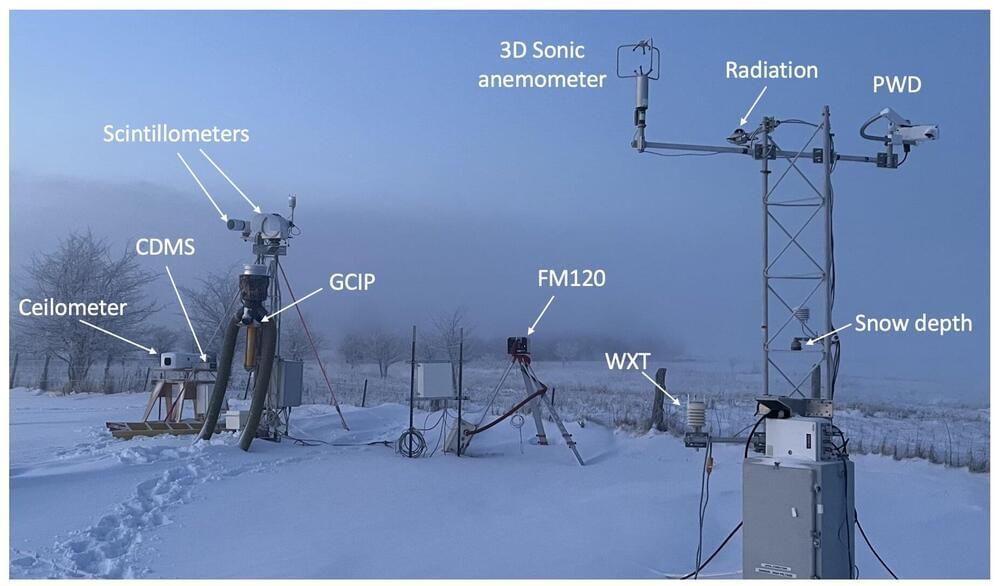
Of the world’s various weather phenomena, fog is perhaps the most mysterious, forming and dissipating near the ground with fluctuations in air temperature and humidity interacting with the terrain itself.
While fog presents a major hazard to transportation safety, meteorologists have yet to figure out how to forecast it with the precision they have achieved for precipitation, wind and other stormy events.
This is because the physical processes resulting in fog formation are extremely complex, according to Zhaoxia Pu, a professor of atmospheric sciences at the University of Utah.
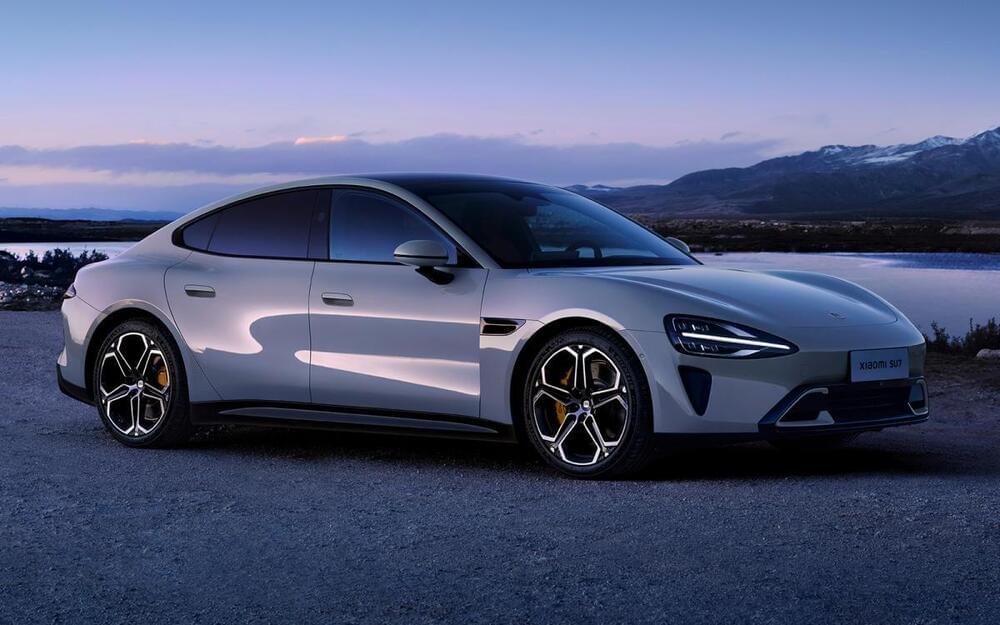

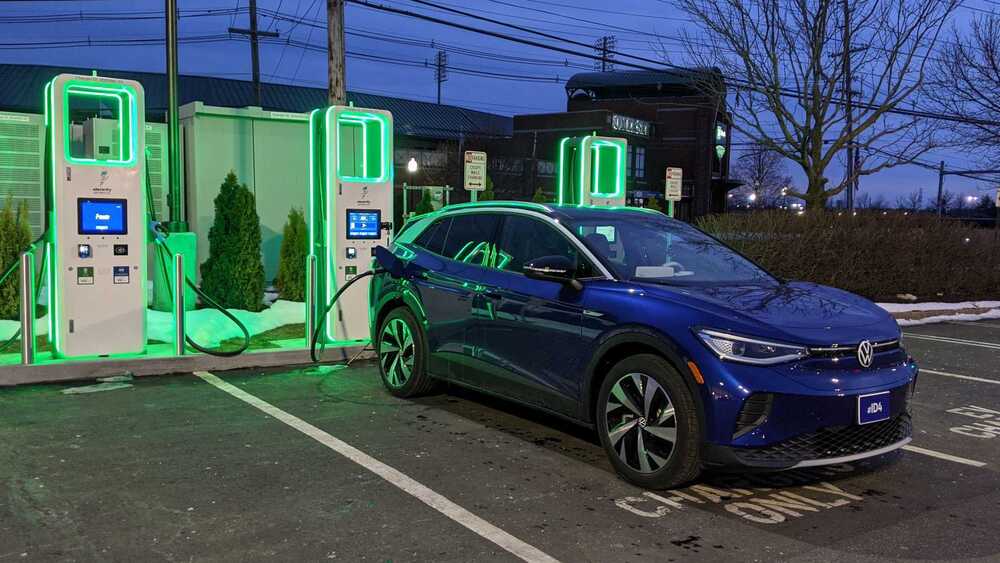
After a year of record electric vehicle sales, waves of people are spending their first winter with an all-electric car for the first time. They’d do well to pay attention to these five tips for charging in cold weather from the Electrify America charging network.
EVs, just like any other vehicles, operate the best in a certain window of temperatures, outside of which their energy consumption range or charging might be negatively affected.

A common carbon compound is enabling remarkable performance enhancements when mixed in just the right proportion with copper to make electrical wires. It’s a phenomenon that defies conventional wisdom about how metals conduct electricity.
The findings, reported in the journal Materials & Design, could lead to more efficient electricity distribution to homes and businesses, as well as more efficient motors to power electric vehicles and industrial equipment. The team has applied for a patent for the work, which was supported by the Department of Energy (DOE) Advanced Materials and Manufacturing Technologies Office.
Materials scientist Keerti Kappagantula and her colleagues at DOE’s Pacific Northwest National Laboratory discovered that graphene, single layers of the same graphite found in pencils, can enhance an important property of metals called the temperature coefficient of resistance.
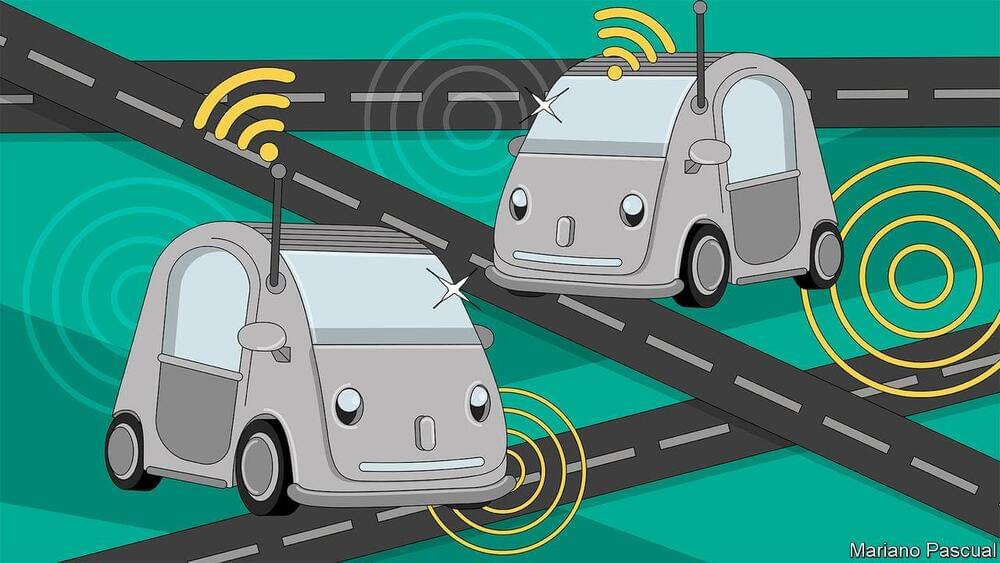
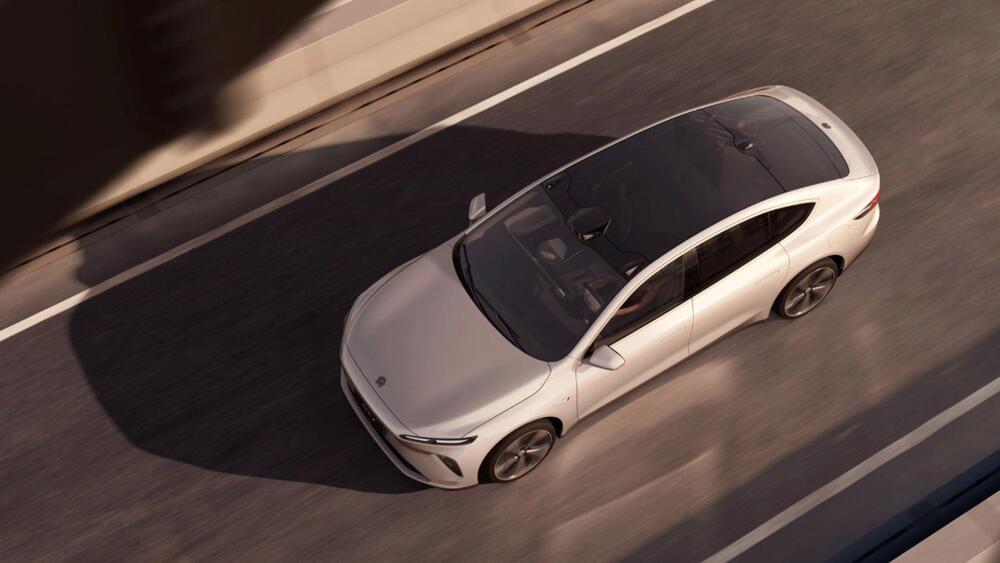
Chinese automaker Nio’s flagship electric sedan, the ET7, completed a historic journey of 649 miles (1,044 kilometers) on a single charge. The feat, led by Nio’s CEO William Li, not only showcased the capabilities of the ET7 but also highlighted the advancements in Nio’s cutting-edge battery technology.
CEO William Li’s announcement on Weibo
Nio’s CEO, William Li, took to the Chinese social media platform Weibo to announce the success of the 150kWh battery endurance challenge. He shared, “The 150kWh battery life challenge was completed, with a final score of 1,044 kilometers!” Li emphasized the challenging conditions, including a nationwide cold wave, during the 14-hour journey from Shanghai to Xiamen. Despite starting at a chilly 28 Fahrenheit (−2 degrees Celsius), the ET7 showcased exceptional performance, reaching its destination with 3 percent battery power remaining.
Alter 3 has just been unveiled by the University of Tokyo and its powered by GPT-4, capable of human-like activities and interpreting verbal instructions. Researchers at the Technical University of Munich developed a self-aware robot with proprioception, enhancing its movement and interaction capabilities. The University of Southern California introduced RoboCLIP, an algorithm that trains robots to perform tasks in new environments with minimal instruction. Intel Labs and partners created advanced motor control for robots using hierarchical generative models, significantly improving their ability to perform complex tasks.\
\
Deep Learning AI Specialization: https://imp.i384100.net/GET-STARTED\
AI Marketplace: https://taimine.com/\
\
AI news timestamps:\
0:00 Alter 3 GPT4 powered AI robot\
1:31 Robot self awareness\
3:30 RoboCLIP\
5:22 Motor control for autonomous robots\
\
#ai #robot #technology
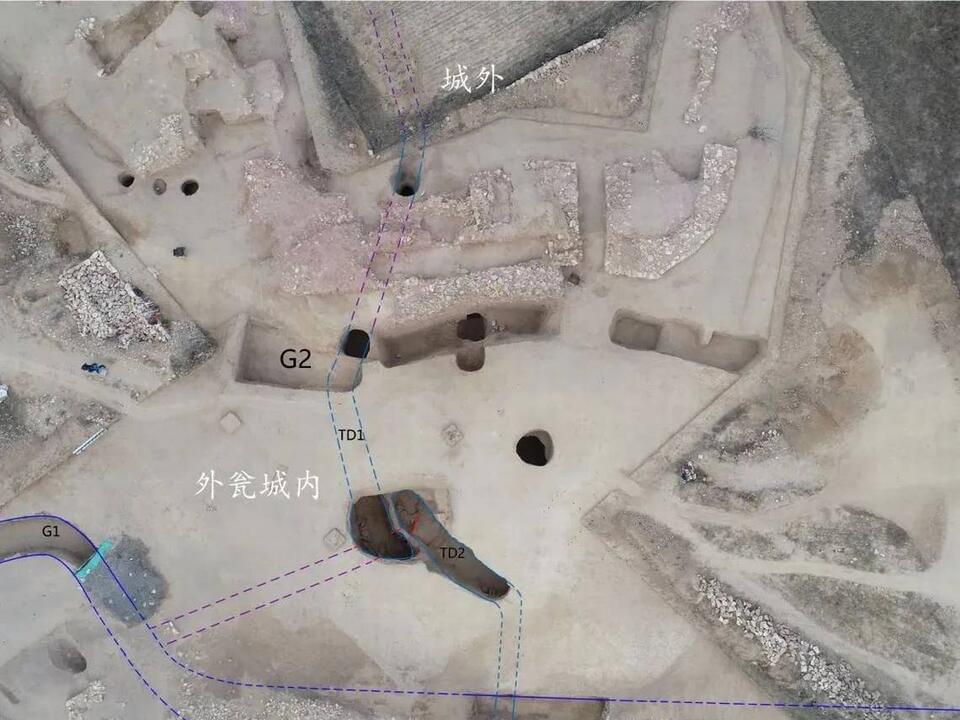
During the most recent excavations, archaeologists stumbled on a system of secret underground passageways. They found six intersecting tunnels that functioned as a hidden transportation network.
A photo shows a partial map of the passageways. Other photos show a tunnel entrance and a view inside the well-preserved arched tunnels.
Archaeologists said the tunnels were between about 5 feet and about 20 feet down. Inside, the tunnels were between 3 feet and 6 feet tall and roughly 4 feet wide. Several tunnels passed under the city’s defensive walls and opened to the outside.